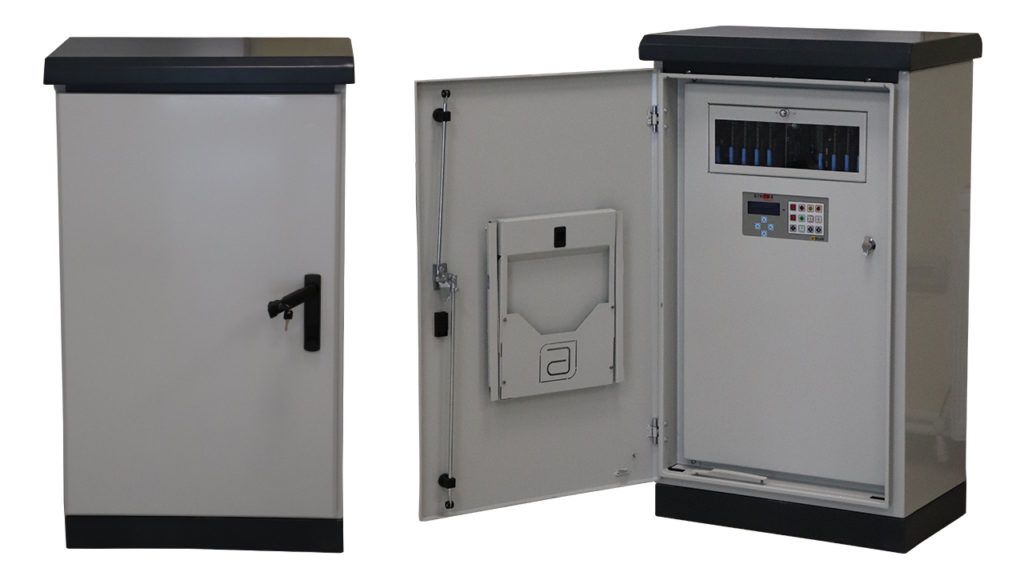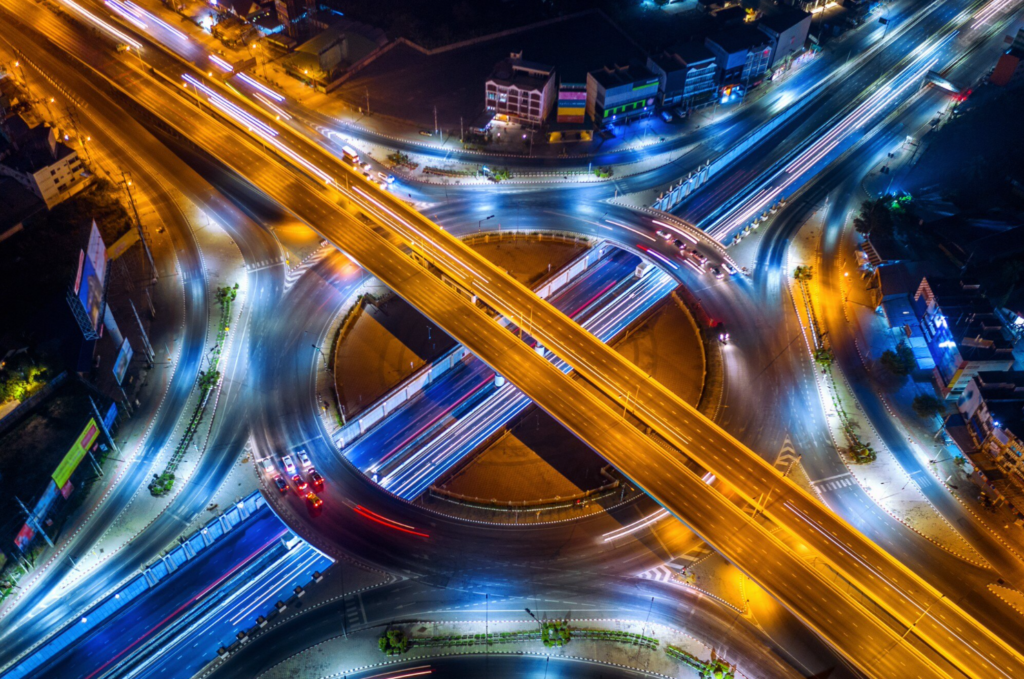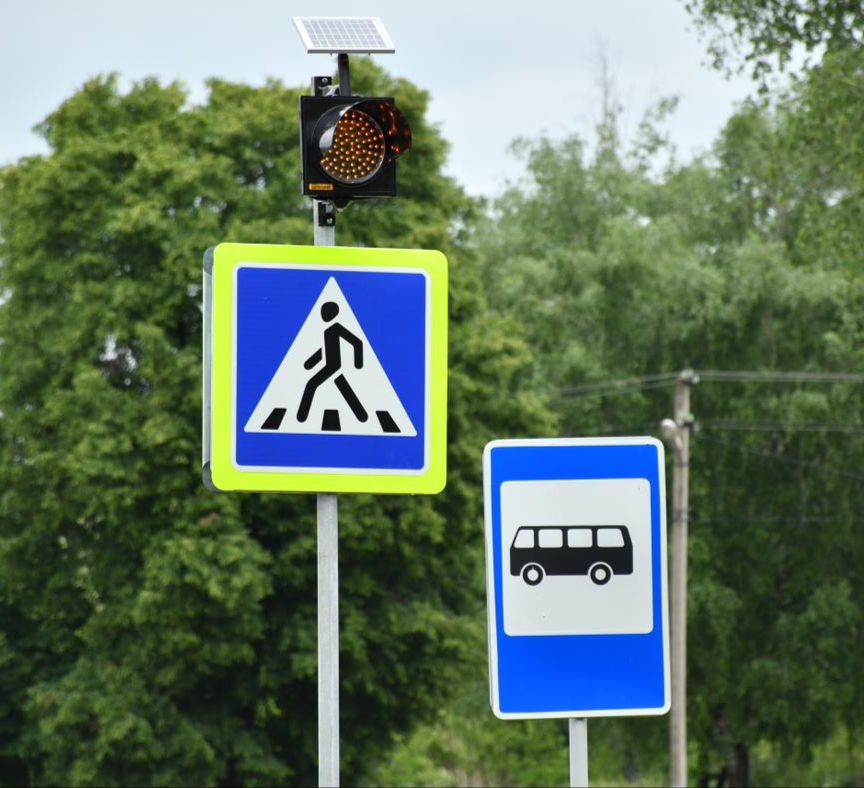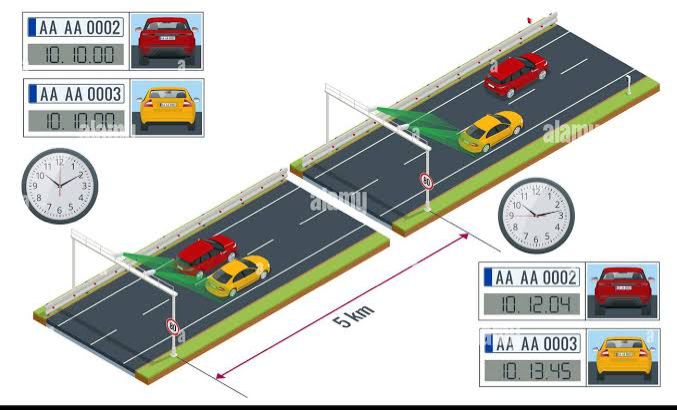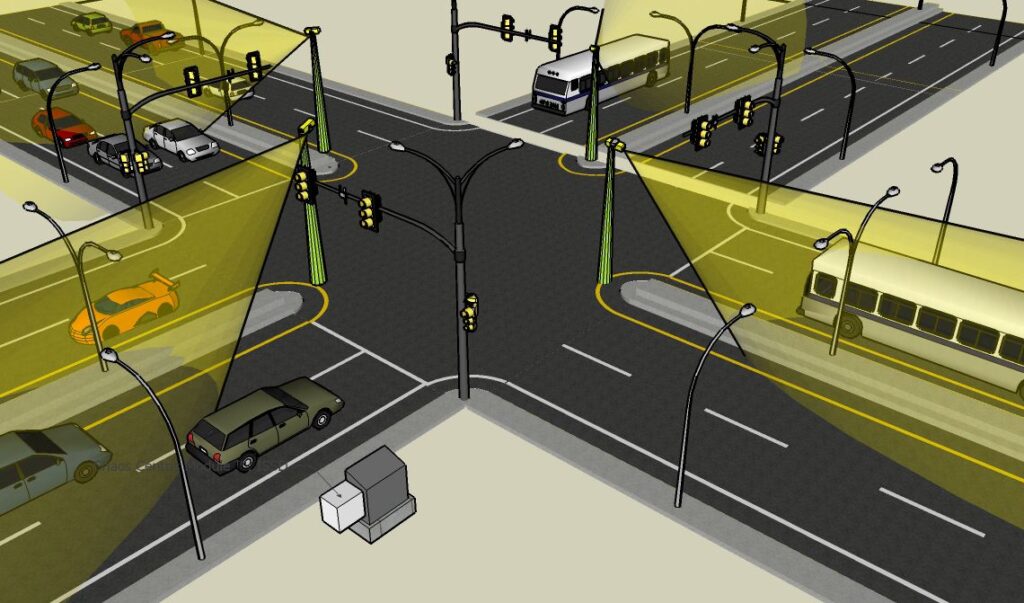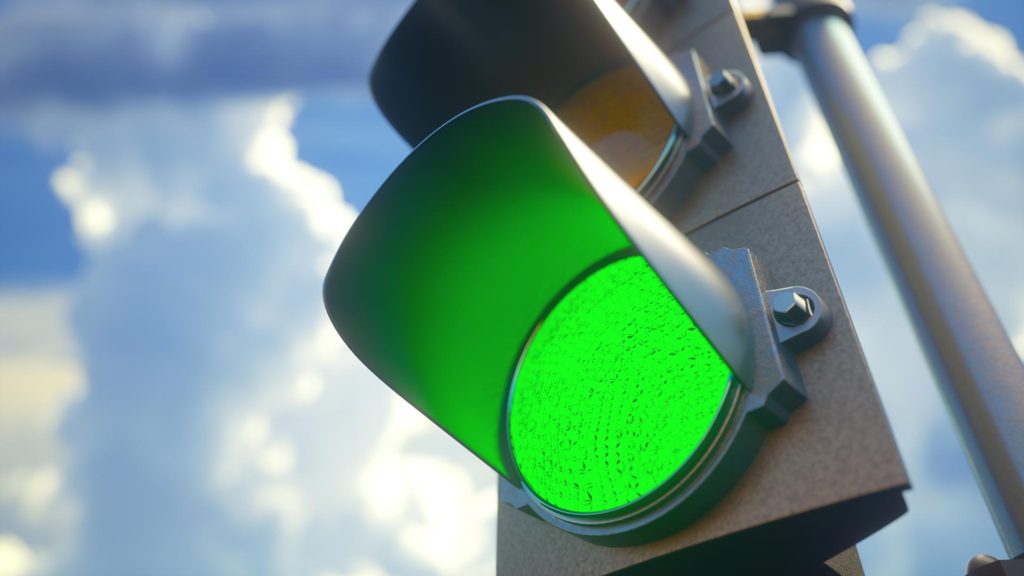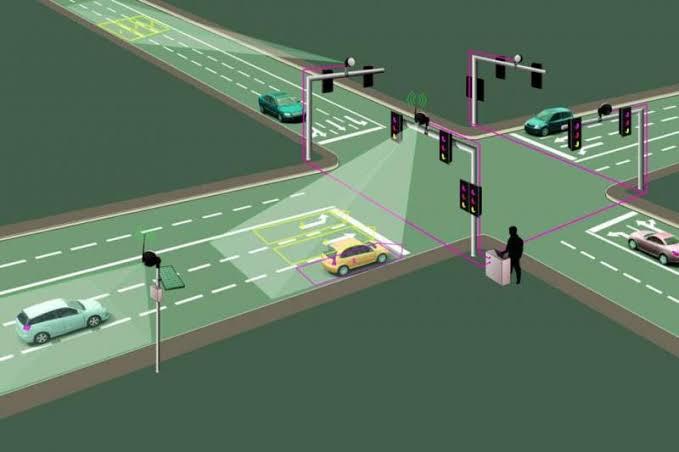
The first traffic light, used in France before automobiles were invented, was designed to help transport statesmen safely to Parliament. It was manually controlled by a lever and consisted of red and green lanterns. The world’s first electric traffic signal was introduced in the USA, featuring red and green lights along with a warning sound. Fifteen years later, Turkey adopted traffic lights, adding a yellow light for warning.
Traffic lights work in a coordinated system, especially during times when both pedestrian and vehicle traffic are heavy. This system is called signalization. Today, various types of signalization exist, incorporating advanced technology. These include highway, seaway, railway, and airway signalization systems. Highway signalization originated from the railway lights used to manage train traffic.
Highway signalization is divided into two categories: central system-controlled and device-controlled. Central system-controlled signalization is primarily used in large cities with complex traffic networks. The goal of this system is to adjust traffic signal timings centrally to avoid unnecessary congestion. Device-controlled signalization is more common in smaller cities, where fixed-time signals are enough to ensure traffic flows safely. There are three main types of device-controlled systems: fixed-time, variable-time, and detector-controlled. In detector-controlled systems, sensors on the road extend the green light duration based on traffic density. Fixed-time systems operate on a fixed schedule around the clock, while variable-time systems adjust the green light phase based on traffic conditions. In areas without signalization, warning signs are used in rural and small intersections, where pedestrian priority is emphasized.
Unlike highway signalization, audible signals are often used in railway, seaway, and airway systems. In railway signalization, precise calculations are made to ensure the safe passage of trains.
Regardless of the vehicle type, signalization is essential for ensuring safety. That’s why signalization is also used in traffic training parks for children, where simplified traffic systems help them learn the rules of the road.
